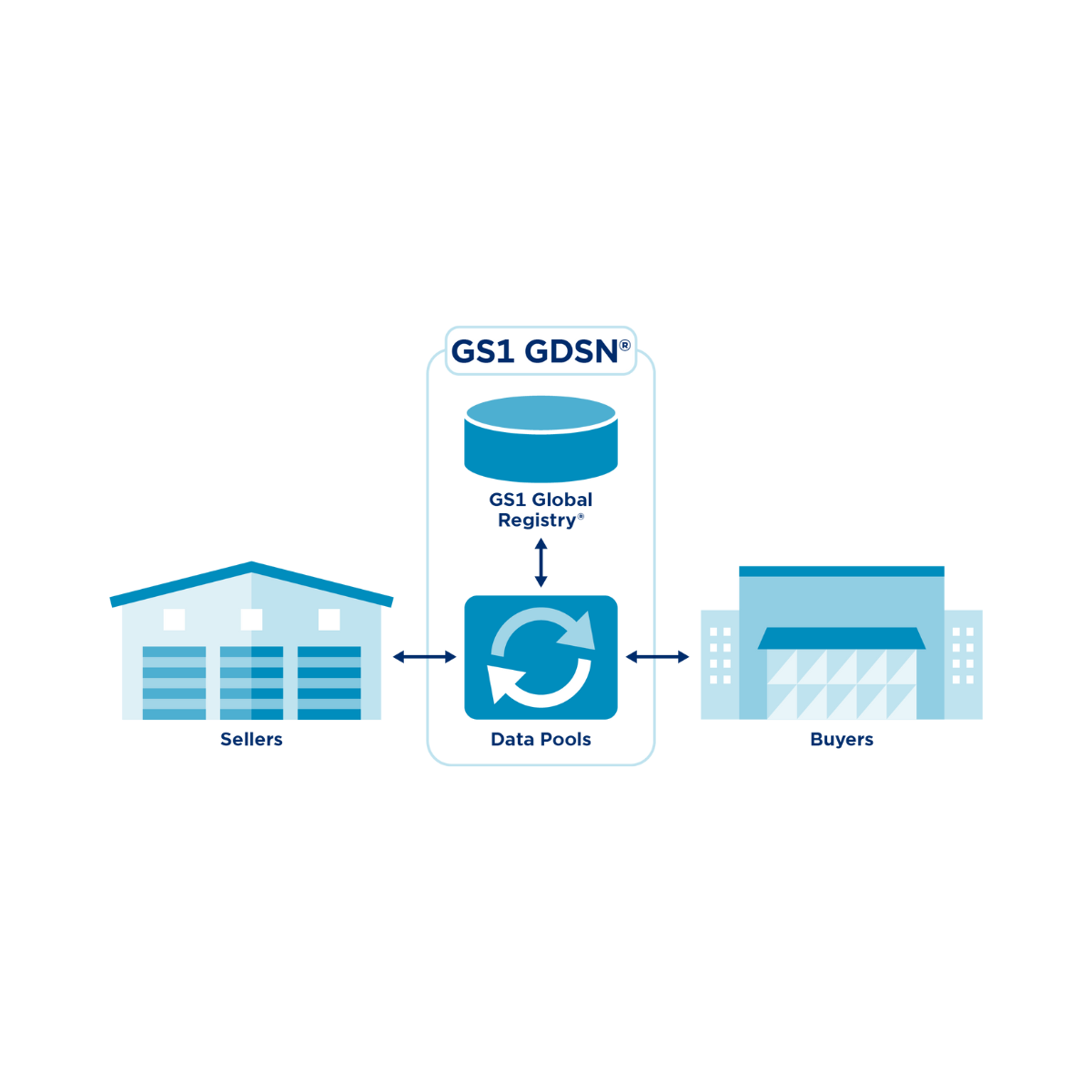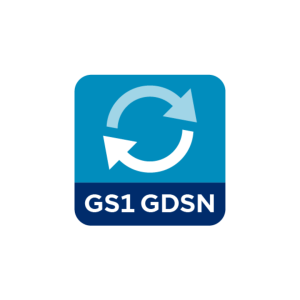Define GDSN
GDSN stands for Global Data Synchronization Network (GDSN) and is the world’s largest product data network.
GDSN makes it possible for any company, in any market, to share high-quality product information seamlessly. Because companies of all sizes need the same thing—timely and reliable product information—to ultimately benefit consumers and patients.
The GDSN enables manufacturers and sellers of goods to harmonize information about their products with their customers. Retailers and other buyers of goods subscribe to vendor catalogs and receive updates on them.
Manufacturers and sellers benefit by having only one catalog to maintain and update. Buyers benefit from having item information continuously updated to ensure it is correct and current.
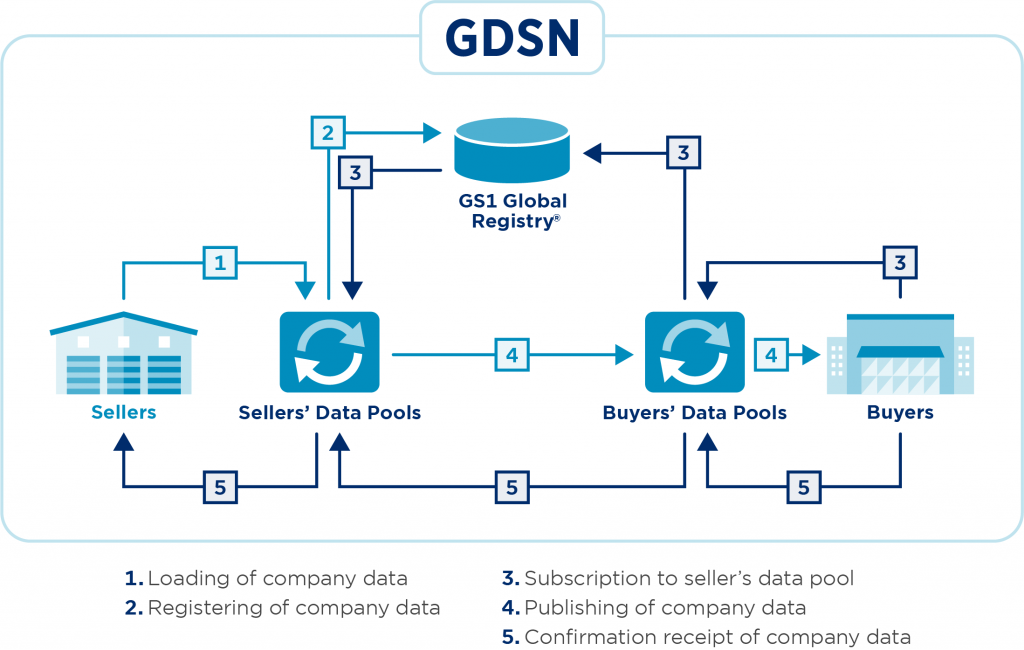
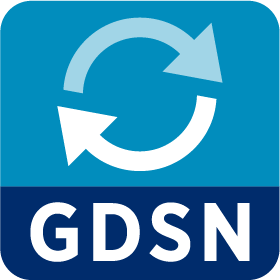
List of GDSN Terminologies
- GS1 global registry
- Interoperability
- Global location number (GLN)
- Global trade item number (GTIN)
- Global product classification (GPC)
- Trading partner agreement (TPA)
- Target market (TM)
- GS1 data quality framework
- GDSN digital content
- GDSN Attributes
1. GS1 Global Registry
The GS1 Global Registry is the GDSN’s “yellow pages directory” that,
- Provides information for subscription sharing
- Enables data pool interoperability Guarantees uniqueness of the registered items and parties
- Ensures all data pools in the network are complying with a common set of validation rules that support GDSN data integrity
- Holds information on who subscribed to trade items or party data using Global Location Numbers (GLN), Global Trade Identification Numbers (GTIN), Global Product Classifications (GPC), and Target Market (TM) as identifiers
2. Interoperability
Data pools must pass the GS1 GDSN Interoperability Tests for mandatory functionality as contained in the GDSN Certification Event process. Each gs1 certified data pool must maintain production-level connections to all other certified data pools, post-certification. This will help ensure a fully interoperable GDSN landscape to meet the business needs of retailers and manufacturers globally.
3. Global Location Number (GLN)
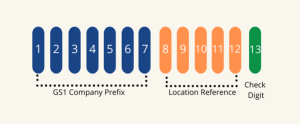
A GLN is a unique entity identification for use in the GS1 system based on a company’s EAN.UCC company prefix.
- It is a 13-digit number.
- All data sources and data recipients must have a GLN to operate in the GDSN.
4. Global Trade Item Number (GTIN)
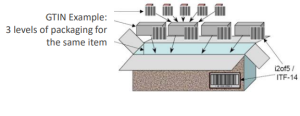
A GTIN is a unique product ID based on an EAN.UCC number that identifies a specific product at a specific level of packaging, examples: Each, Carton, Pallet
The GTIN facilitates separate item records for each packaging is the supplier’s standard packaging standard EAN.UCC bar code label. level and of packaging for the same product IF IF each level of packaging contains a separate.
5. Global Product Classification (GPC)
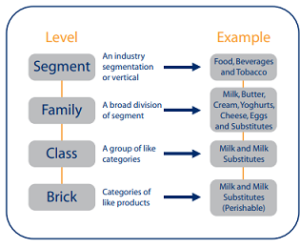
GPC is a product category/class system used by GS1 to ensure each product is classified uniformly everywhere in the world.
The GPC provides trading partners with a common way to classify and group their products using a multi-level hierarchy.
6. Trading Partner Agreement (TPA)
The TPA ensures protection for the Data Source (supplier) data throughout the GDSN It acknowledges that the Data Source owns the data It provides legal protection and remedies to the Data source if the data is passed to any other entity other than the Data Source’s authorized and designated Data Recipient(s) Every entity in the GDSN has to sign the TPA.
7. Target Market (TM)
TM is a country identifier indicating where the item will be sold.
This is required because some products sold in different have unique product differences for the specific TM(s). countries use the same bar codes but have unique product differences for the specific TM(s).
8. GDSN Digital Content
GS1 Image Standards & systems
Marketing & FS Image Specifications
Planogram Image Specifications
Image File Naming Convention
GDSN uses URL tags in the GTIN record to deliver digital content such as Images, PDFs Documents, Videos, Logos
URL Tags: The most Accurate & efficient digital content delivery method.
9. GS1 Data Quality Framework
GDSN uses the GS1 Data Quality Framework which forces current, complete, correct data,
- GS1 standard attributes definitions
- GS1 standard attribute values
- GDSN automated validation rules
- GDS Network forces data validation
- GDSN data record changes are time-stamped & transmissions
10. Attributes of GDSN
To start with 37 mandatory attributes are required to sync the product data via GDSN. These are classified into 2 types,
- Attributes required by Global Registry
- Mandatory GDSN Attributes
The Benefits of GDSN
1. Transformation
Data Recipients: Updated product offering data sync enforces accuracy
Suppliers: Develop GS1 quality SSOT, gain added online listing
2. One to many solutions
As GDSN grows it benefits demand & supply
3. Global Standards
Global network. Uses GS1 global standards, 46 data pools
4. GTIN-Based Records
The single data record for each level of packaging for the same item
5. Data Accuracy
GS1 Data Quality Framework forces accuracy in the GDSN
6. Data Synchronization
Always on the same page as your supplier

Ready to find out more about Commport GDSN Datapool Service?
Download: GDSN Buyers Guide
Empower your business with global data synchronization; download our GDSN Buyer's Guide today and take the first step towards streamlined, accurate, and compliant product data management.
Frequently Asked Questions
GDSN stands for Global Data Synchronization Network. It is a global network that facilitates the exchange of standardized product data between trading partners, such as manufacturers, suppliers, retailers, and distributors. GDSN ensures that all parties have access to accurate and up-to-date product information, improving data accuracy and efficiency throughout the supply chain.
GDSN offers several benefits to businesses and the supply chain. It ensures consistent and accurate product data across all trading partners, reducing errors and discrepancies. This leads to improved inventory management, faster product introductions, enhanced traceability, and streamlined compliance with regulations. GDSN also enables better data-driven decision-making and helps businesses respond more effectively to changing market demands.
GDSN facilitates the exchange of a wide range of product information, including item descriptions, attributes, pricing, packaging details, images, nutritional information, safety data, and regulatory compliance information. This comprehensive data exchange ensures that all relevant details about a product are consistently available to all supply chain partners.

